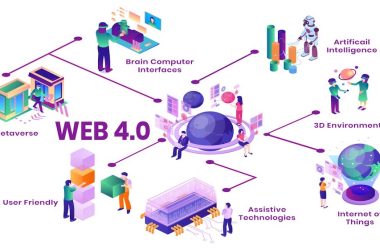Edge computing brings data processing and analysis closer to the data source rather than relying on a central location. This approach has become increasingly important in recent years due to the growing amount of data generated by IoT devices and the increasing demand for real-time processing. Here is everything you need to know about edge computing and Orthogone systems engineering services.
Definition of edge computing
Edge computing involves analyzing and processing data at the edge of a network rather than relying on a central location, such as a data center or the cloud. It is designed to improve the speed and efficiency of data processing and analysis by reducing the amount of data that needs to be transmitted over long distances.
Benefits of edge computing
Edge computing offers several benefits, including improved speed, reduced latency, increased security, and reduced costs.
- Speed refers to the time it takes to process and analyze data. With edge computing, data can be processed and analyzed closer to the source, which can significantly improve the speed of data processing and analysis.
- Latency refers to the time it takes for data to travel from the source to the location where it is processed and analyzed. With edge computing, the distance data needs to travel is reduced, which can significantly reduce latency.
- Security refers to protecting data and information from unauthorized access, theft, or damage. With edge computing, data can be processed and analyzed at the edge of a network, improving security by reducing the amount of data that needs to be transmitted over the internet.
- Costs refer to the expenses associated with using and maintaining a system. With edge computing, organizations can reduce their costs by outsourcing the management and maintenance of their data centers to third-party providers.
Use cases for edge computing.
Edge computing has many use cases, including IoT, real-time analytics, autonomous vehicles, and industrial automation.
- IoT
It refers to the growing number of devices connected to the internet that generate large amounts of data. With edge computing, IoT devices can process and analyze data at a network’s edge, improving the efficiency and performance of IoT systems.
- Real-time analytics
It refers to analyzing data in real-time rather than waiting for it to be transmitted and processed in a central location. With edge computing, real-time analytics can be performed at the edge of a network, which can significantly improve the speed and accuracy of data analysis.
- Autonomous vehicles
It refers to vehicles that are capable of operating without human intervention. With edge computing, autonomous vehicles can process and analyze data in real-time, improving the safety and efficiency of autonomous vehicle systems.











